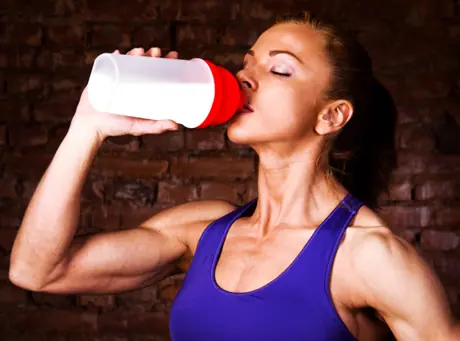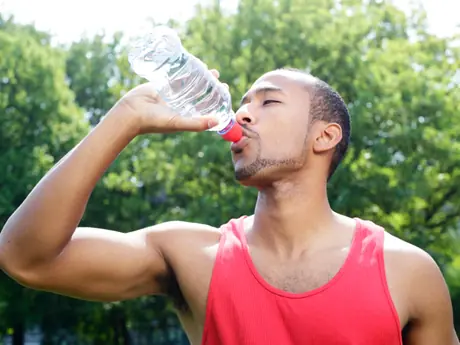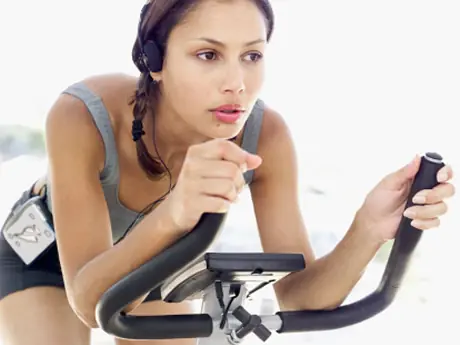Step 4: Monitor Yourself
When Bradley Wiggins won the Tour de France in 2012, he weighed 158 pounds and had four percent body fat. Four years earlier, when he won his last Olympic gold medals as a track cyclist, Wiggins weighed 180 pounds and his body fat level was a few points higher. His slimming was a major factor in his Tour de France triumph, and he achieved that slimming in part by continuously monitoring his weight and body composition.
In business there's an expression: "What gets measured gets managed." If you're trying to reduce your weight and body-fat percentage, it only makes sense to measure these things regularly. The pros do, and research has shown that nonathlete dieters who weigh themselves often lose more weight than those who avoid the scale. I recommend that all endurance athletes weigh themselves at least once a week and use a body-fat scale such as the Tanita Ironman to estimate their body-fat percentage once every four weeks.
More: A Runner's Guide to Weight Loss
Step 5: Time Your Nutrition
A naturally big guy who once tipped the scales at 200 pounds, professional triathlete T.J. Tollakson stays lean by frontloading his daily energy intake in accordance with the dictum, "eat breakfast like a king, lunch like a prince, and dinner like a pauper."
With respect to weight management, when you eat is almost as important as what you eat. The most important times of the day to eat are in the morning and within an hour after workouts because calories eaten at these times are less likely to be stored as fat and more likely to be incorporated into muscle tissue and used for immediate energy needs.
More: 4 Ways to Reach Your Ideal Racing Weight
Step 6: Train for Racing Weight
Nearly all professional endurance athletes train by what's known as the Lydiard method, which entails doing a high volume of training—about 80 percent of it at low intensities, 10 percent at moderate intensities and 10 percent at high intensities.
While a low-volume, high-intensity approach to training has gained popularity among age-group endurance athletes lately, it is not the most effective way to train for endurance performance, or achieve a lean body composition. Research provides clear support for the Lydiard method that is used almost universally by the elites.
Obviously, few age groupers have the time, energy or durability to train as much as the pros do, but that's not the point. The point is to maintain a training volume that is close to your personal limit, and to keep the intensity low for four out of every five workouts. If you do this, you will burn far more calories and build greater aerobic fitness than you possibly could by doing the small volume of training you can handle if you go hard (or even moderately hard, as a majority of age groupers do) in most workouts.
When it comes to training and eating to attain your optimal racing weight, the best thing to do is the same thing you do in races: follow the pros!
More: Will I Run Faster If I Lose Weight?
 Sign up for your next race.
Sign up for your next race.- 3
- of
- 3
About the Author

Get ACTIVE on the Go


Couch to 5K®
The best way to get new runners off the couch and across the finish line of their first 5K.
Available for iOS | Android







Discuss This Article